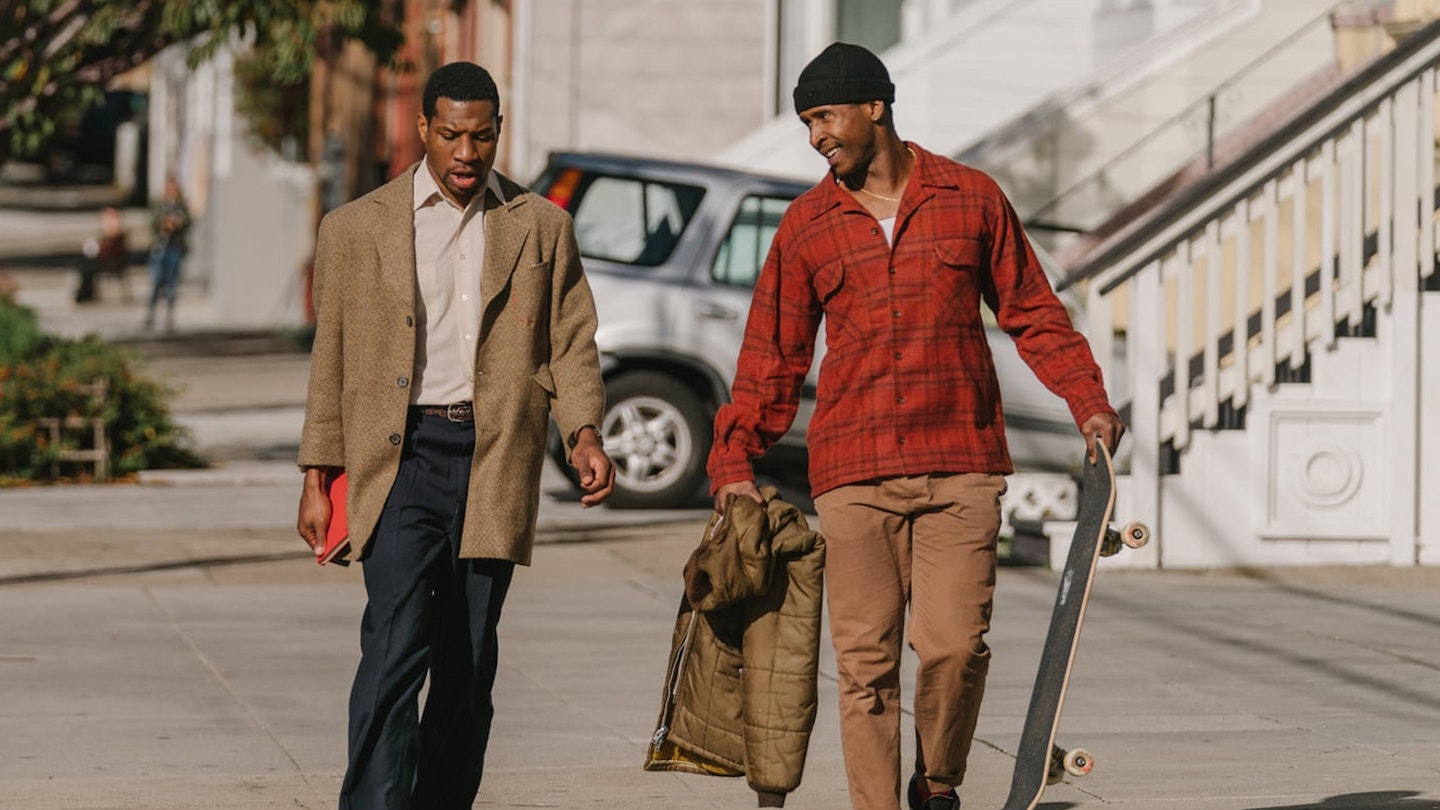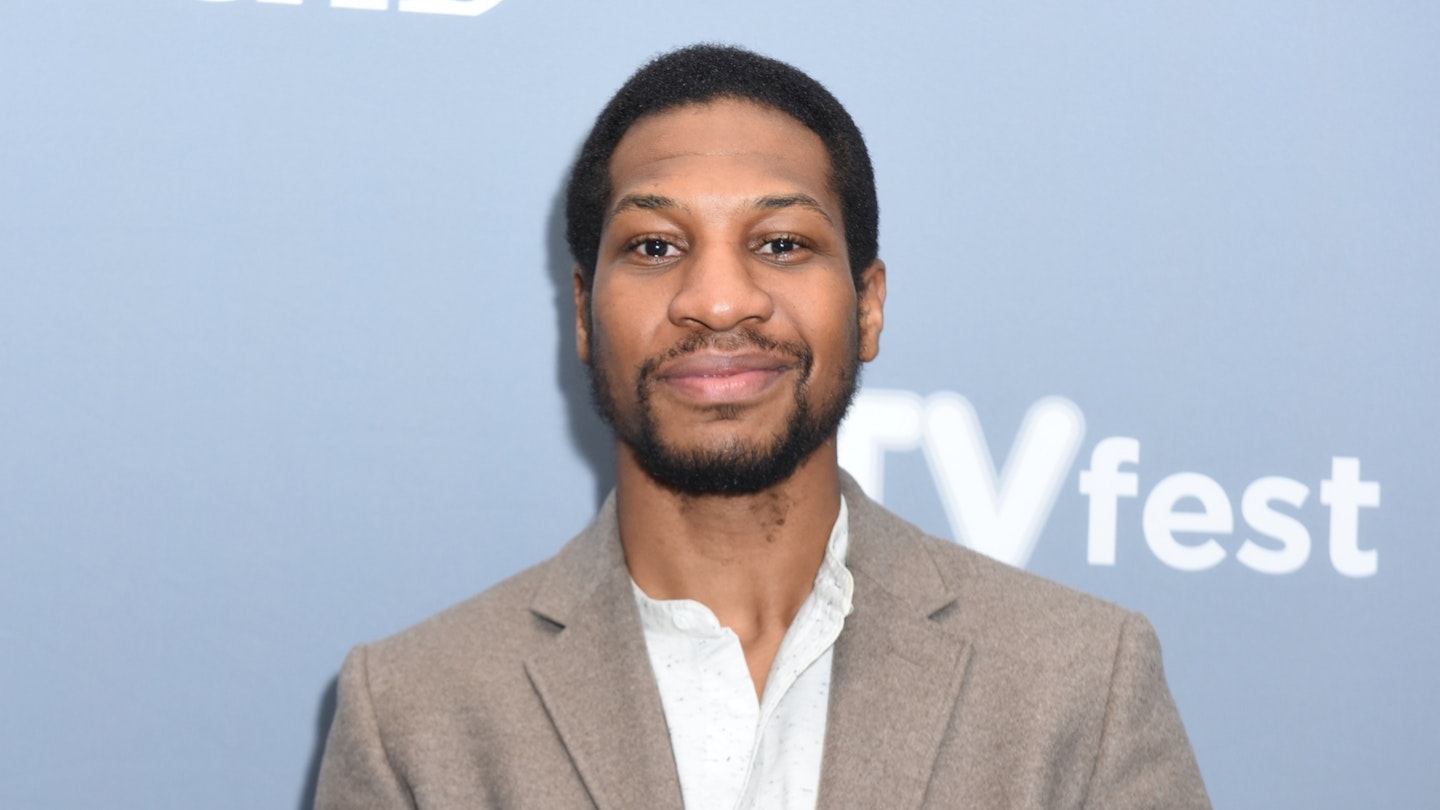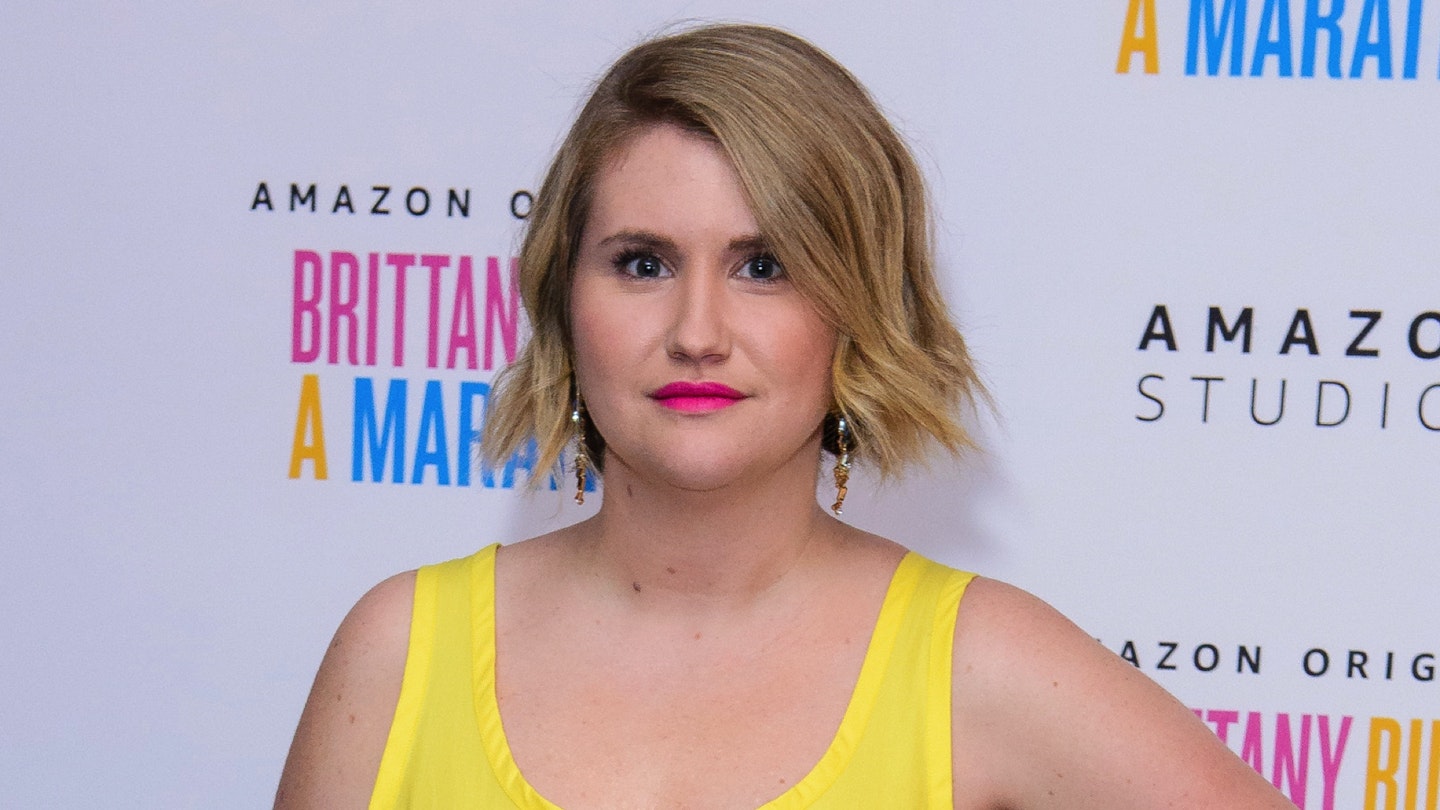The debut film from director Joe Talbot, The Last Black Man In San Francisco is both the story of a city and one of two friends, caught between wanting to escape the town and wanting to reclaim it. Starring and co-written by — as well as based on the life of — his childhood friend Jimmie Fails, it’s an extremely personal work loaded with meaning. Jimmie (Fails) and his best friend Mont (Majors) share a brotherly love, appearing as equals and opposites. The two leads bring a marvellous odd couple chemistry to the pair; Jimmie is an impassioned, outgoing skater, while Mont is a more observational type, watching and sketching the people around him while working on a play about the town.
Jimmie has made a habit of returning to his former family home, built by his grandfather in the 1940s — repeatedly repairing and repainting the window sills and tending the garden, against the will of the current owners. From here the film slowly unfurls Jimmie’s life, exploring his connection to the area and its people with patience, while developing his bond with Mont into something more fierce and moving than first suggested.
There’s a lot of love in Adam Newport-Berra’s handsome, almost painterly camerawork.
Talbot follows a recent trend of films tackling the effects of gentrification of the Bay Area, particularly through the lens of racial politics, such as Carlos López Estrada’s Blindspotting. A common theme between these two films is the exploration of conflicts of masculinity that come with the desire to fight against it. Here this is explored through interludes with a group of men often found on Mont’s doorstep, developing into a sub-plot centred around the consequences of toxic masculinity, which eventually feeds into the main story, albeit awkwardly.
Talbot and Fails are mostly concerned with family ties, and the brief histories of the Bay Area being wiped away time and again. There are allusions to the history of the area as somewhere that used to be a community full of Japanese-Americans before the scourge of post-war internment camps, and now its black populace is being priced out by gentrification, here described as “the final frontier of manifest destiny”. The very phrase contextualises the city’s rapid reconstruction as something violent, selfish and narcissistic.
The Last Black Man In San Francisco is not an angry film, however; if anything, it’s extremely warm — and if love is attention, as said in Lady Bird, then there’s a lot of love in Adam Newport-Berra’s handsome, almost painterly camerawork alone. It takes care in showing even the smallest marks on the constantly fogged-up windows, the dust falling from the ceiling with each note of the organ playing, the way natural light lands in certain corners of the house. Emile Mosseri’s swooning and beautiful soundtrack matches the lovingly accomplished cinematography, creating an atmosphere that’s both welcoming, and mournful for the slow death of a community.



